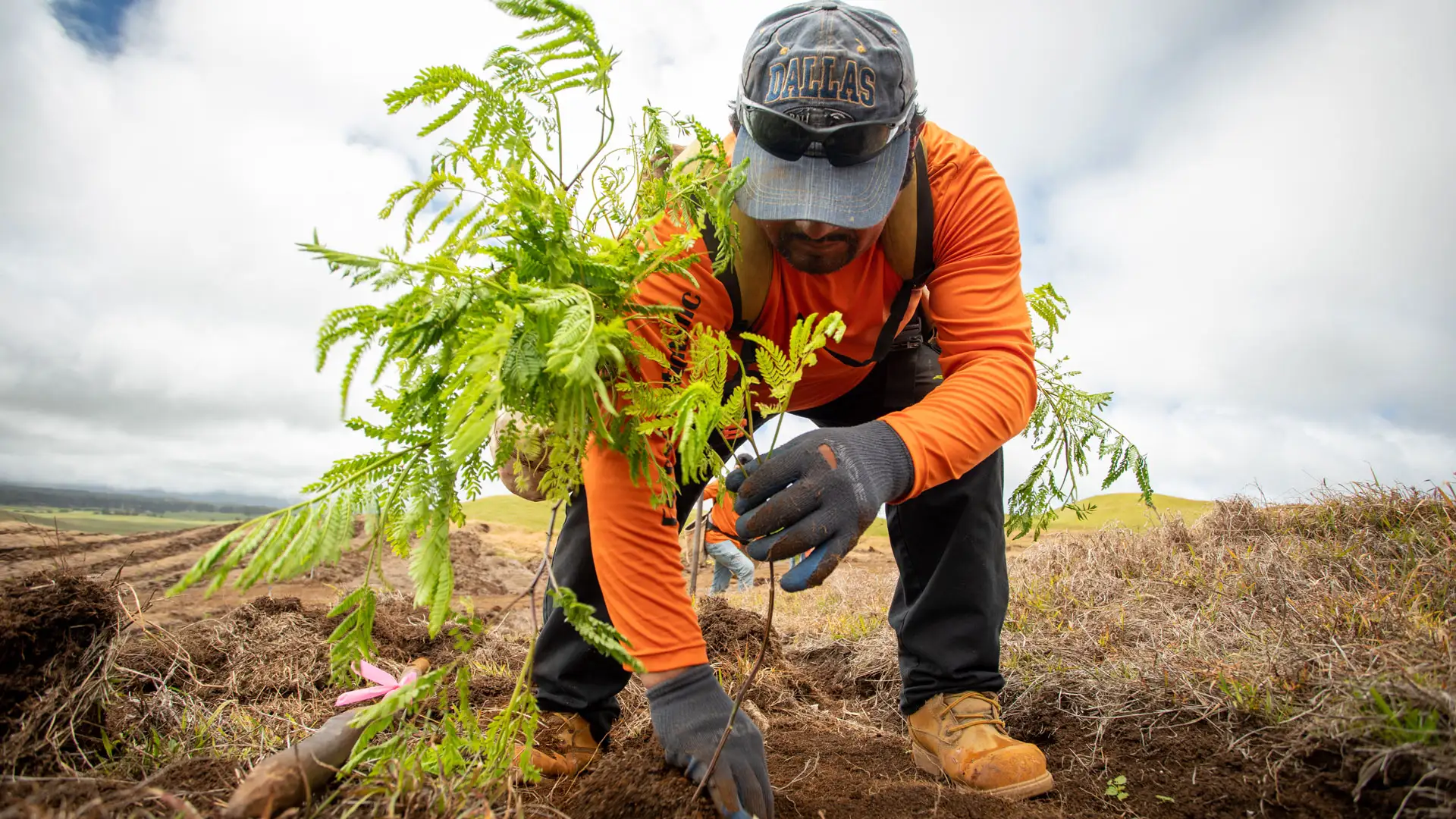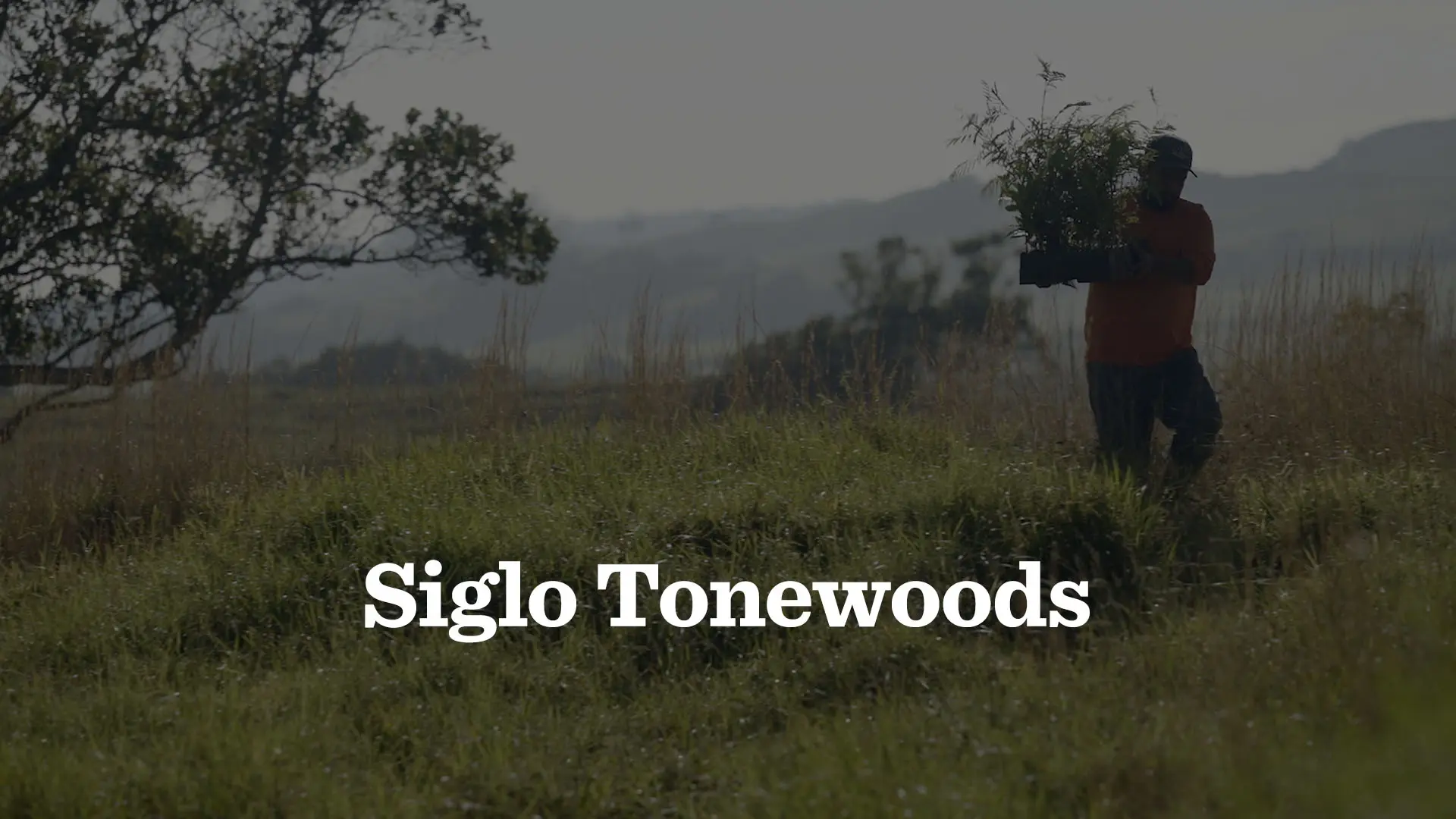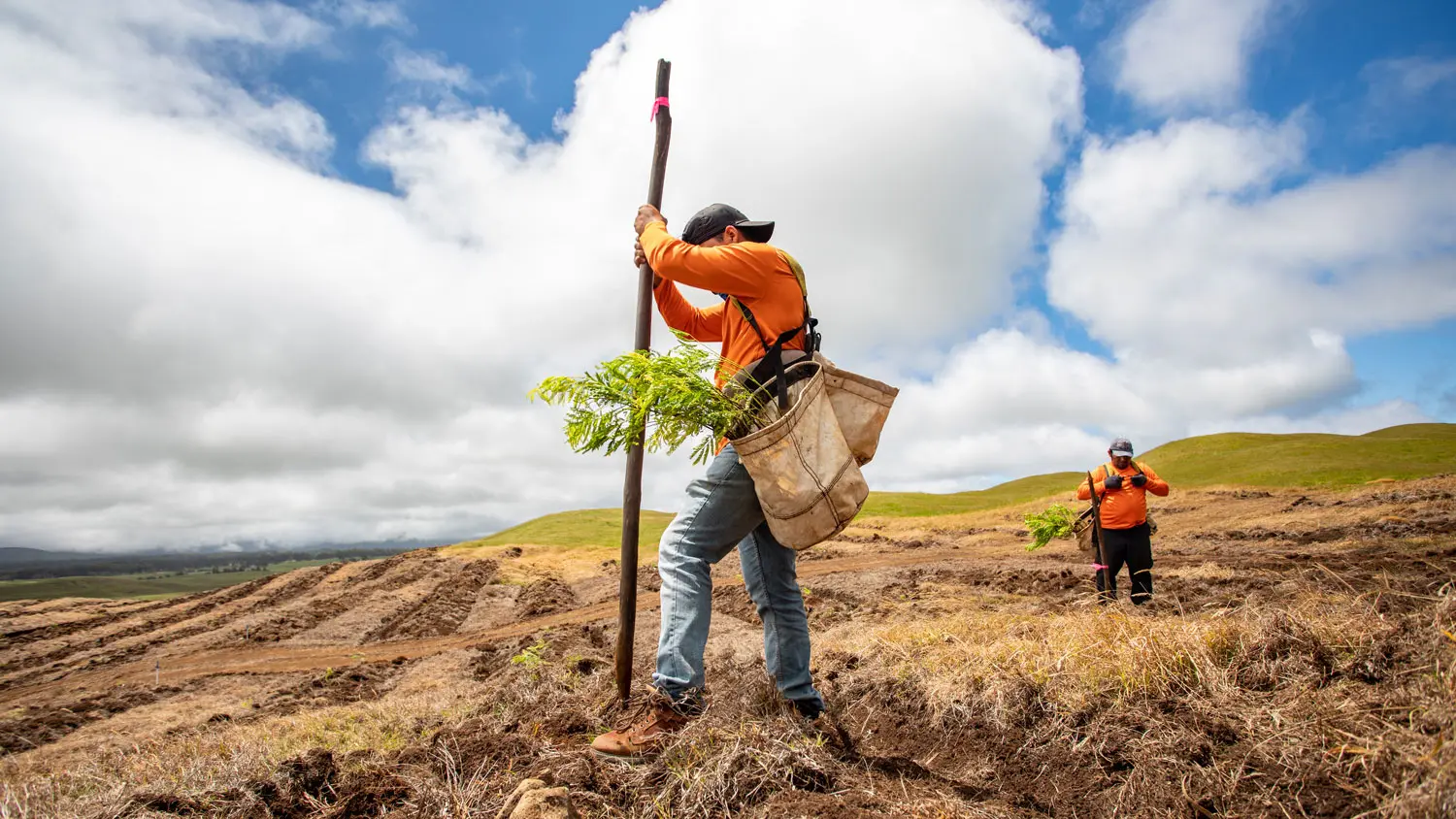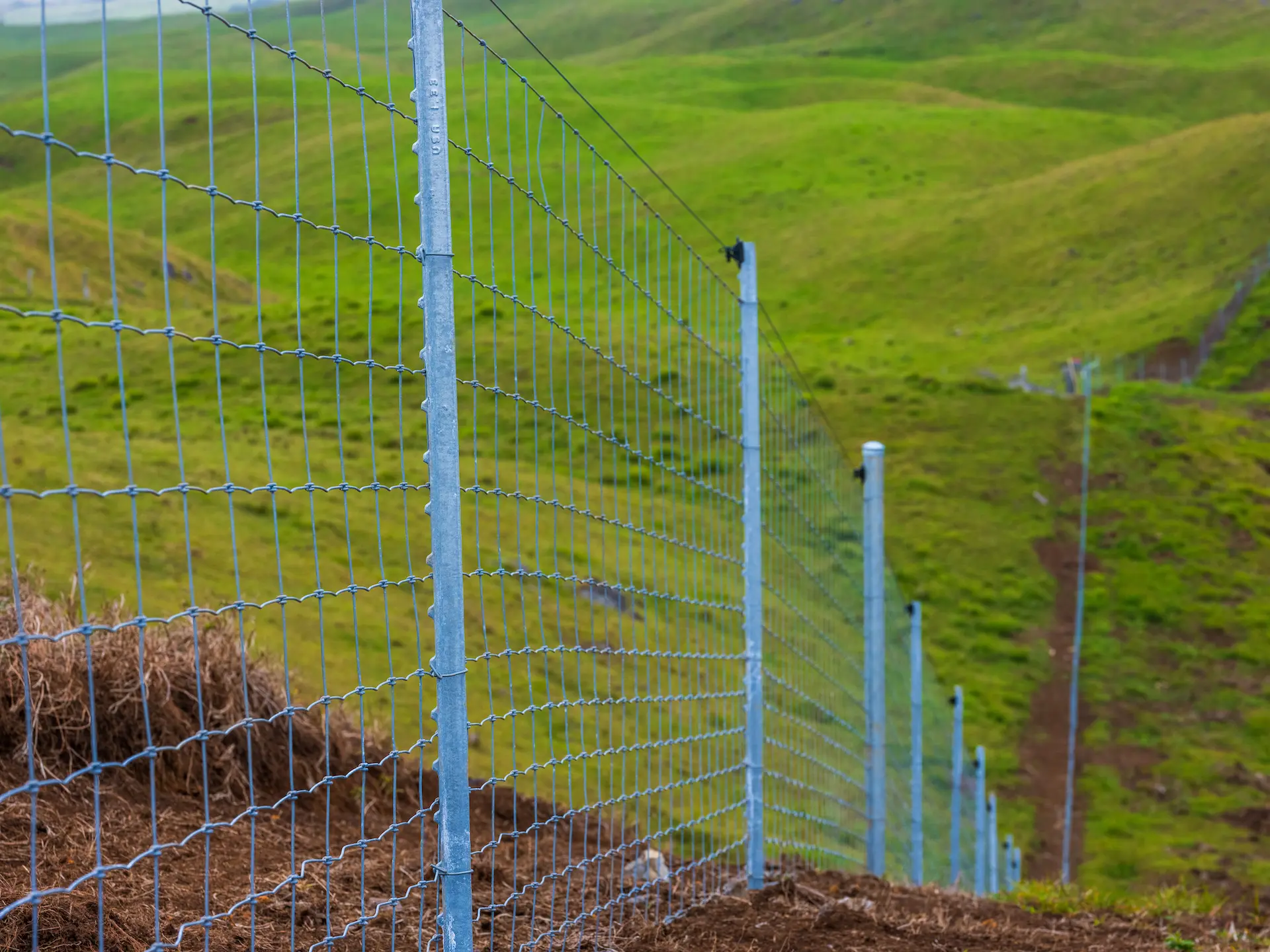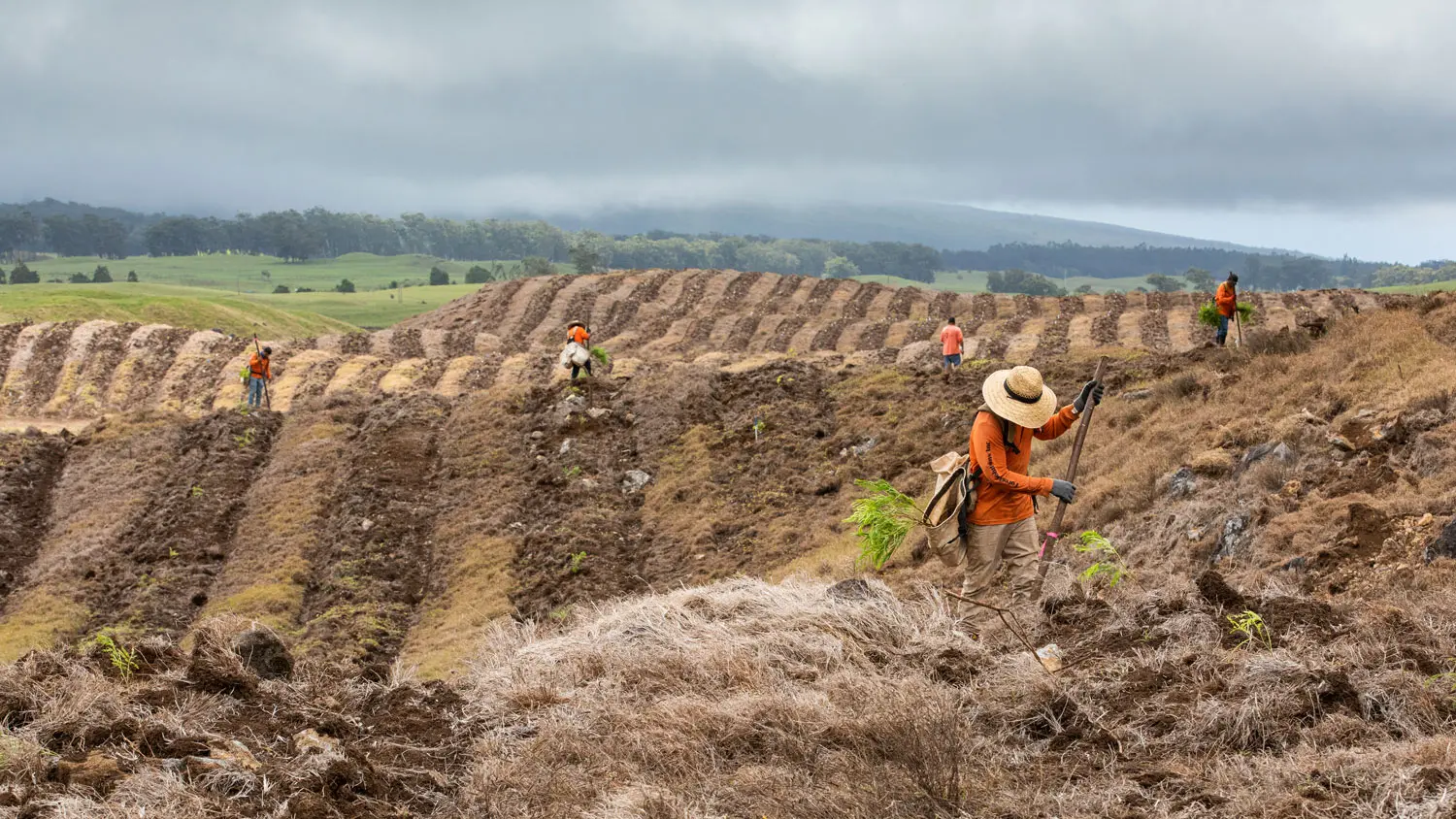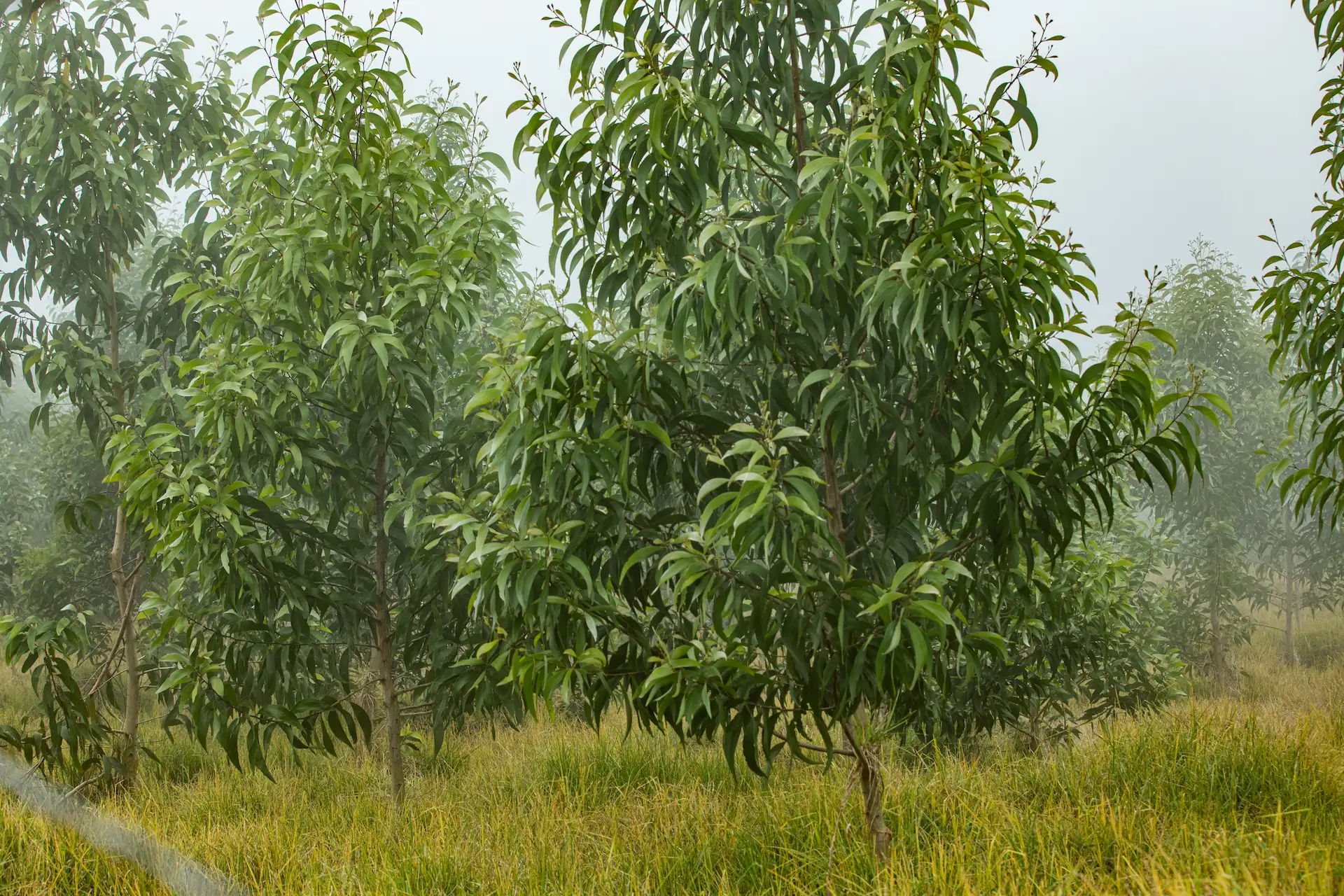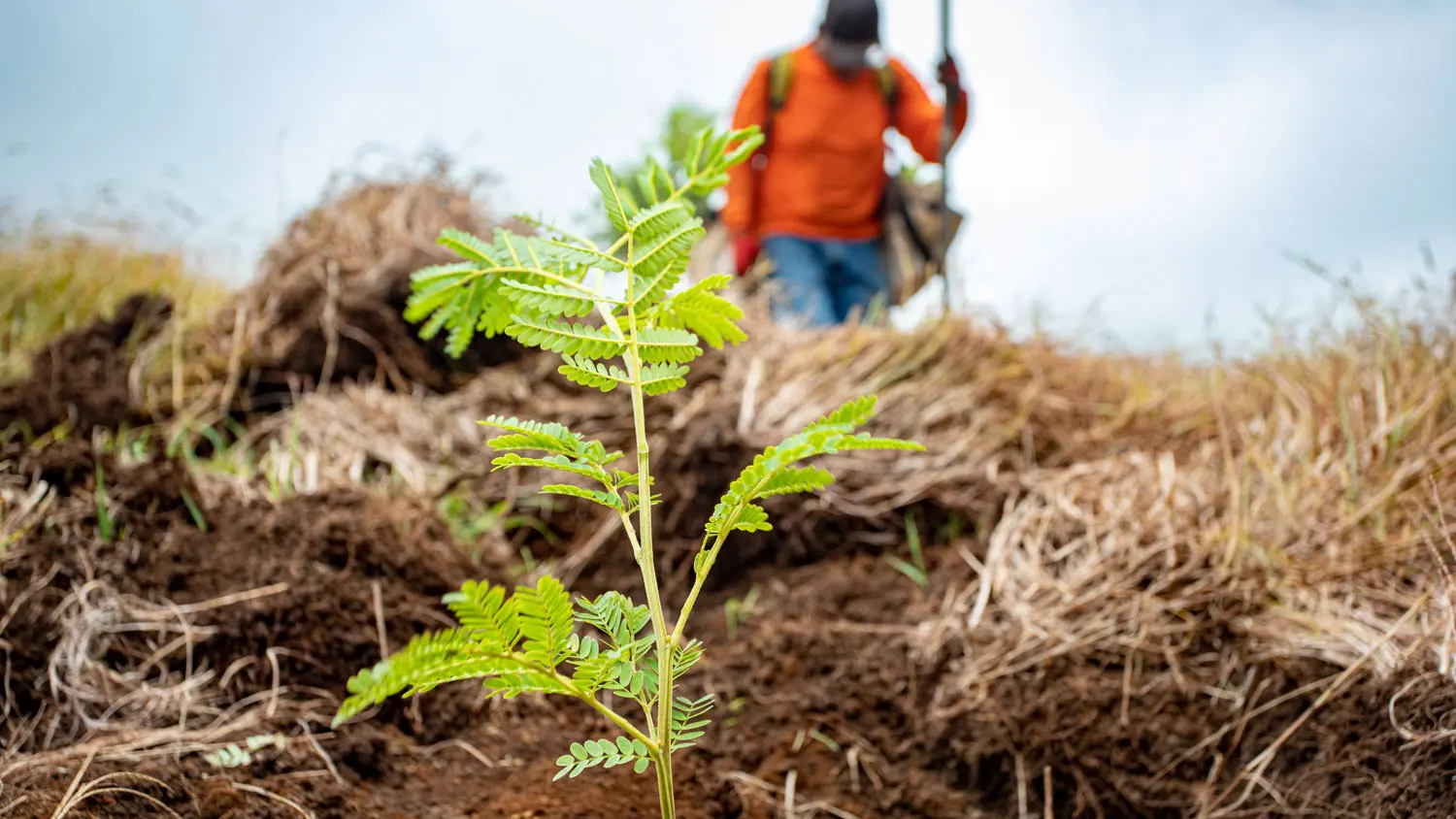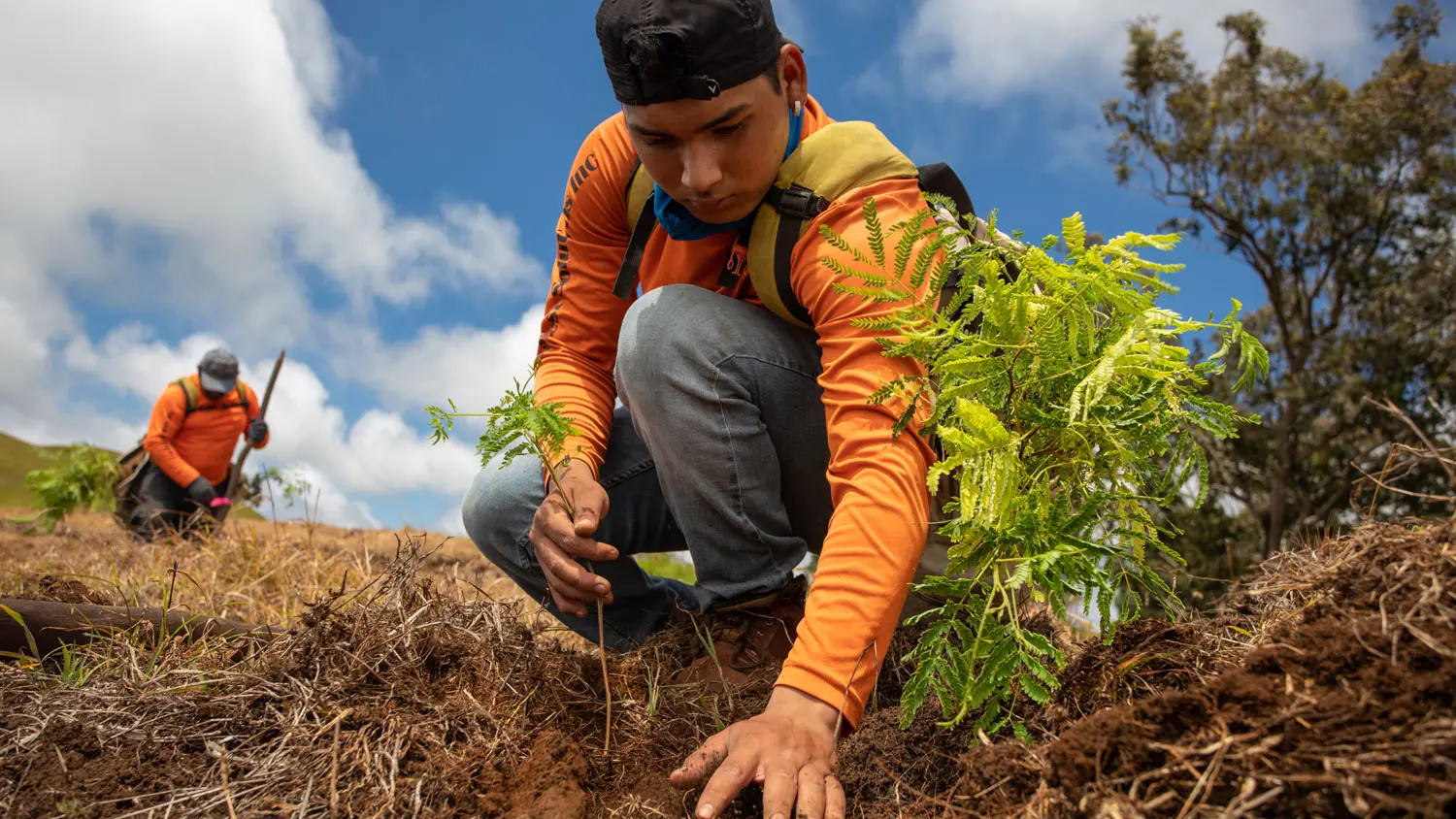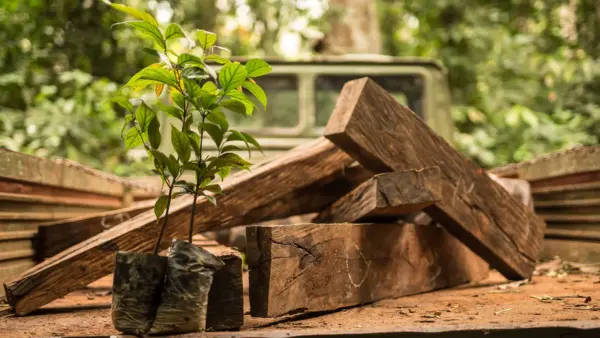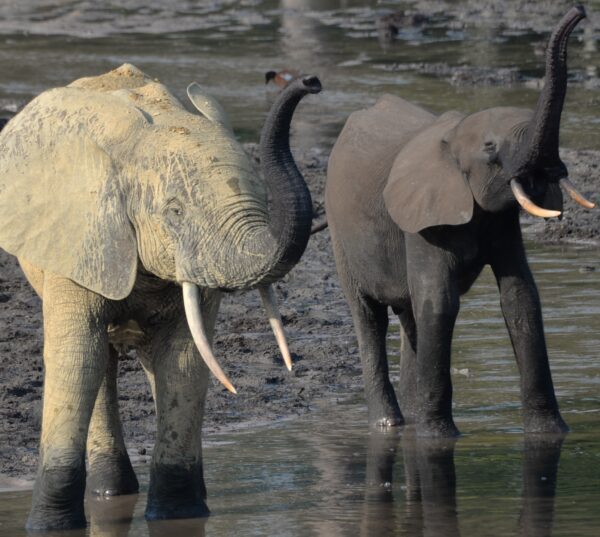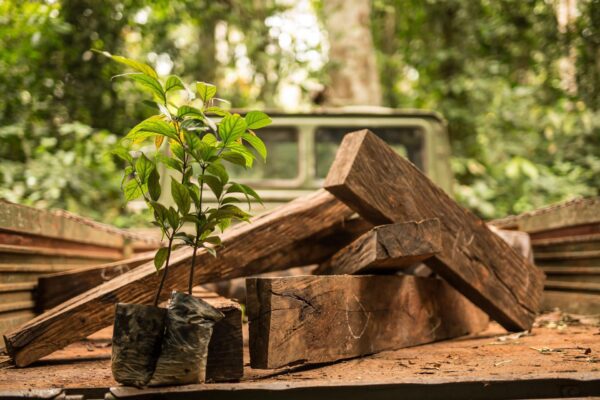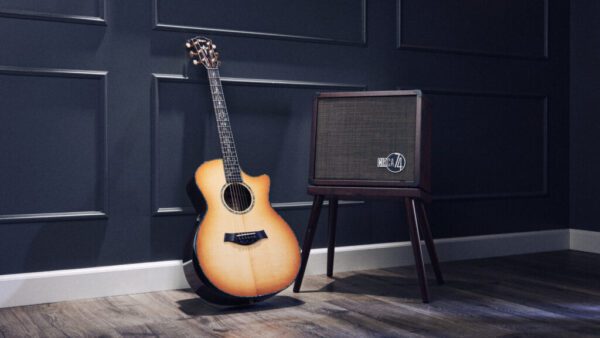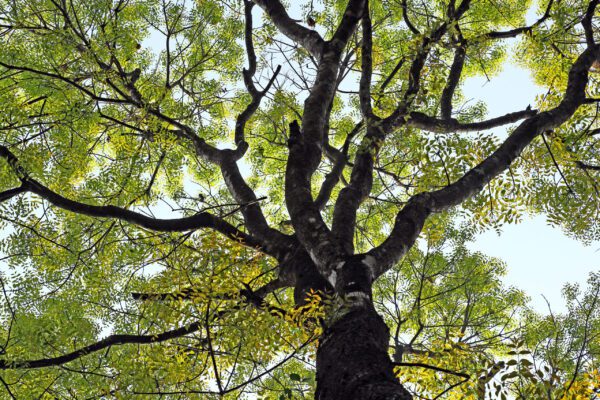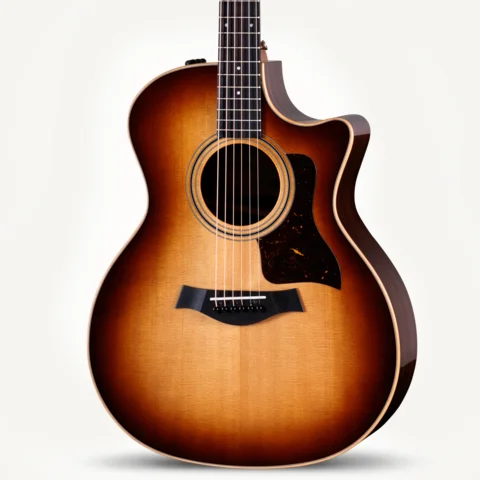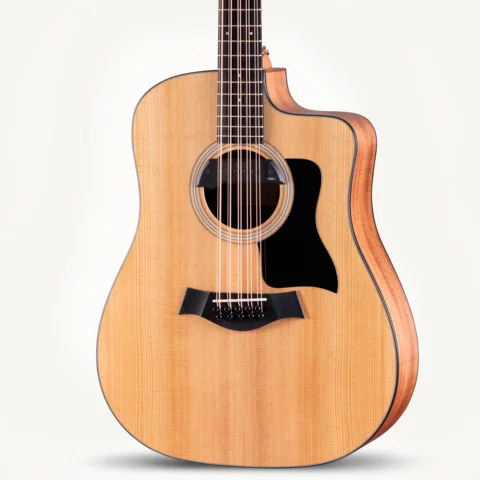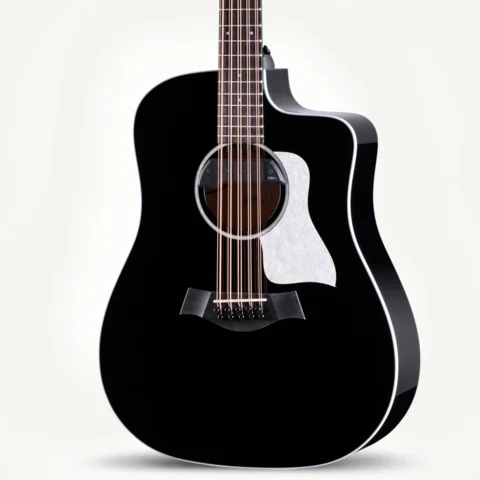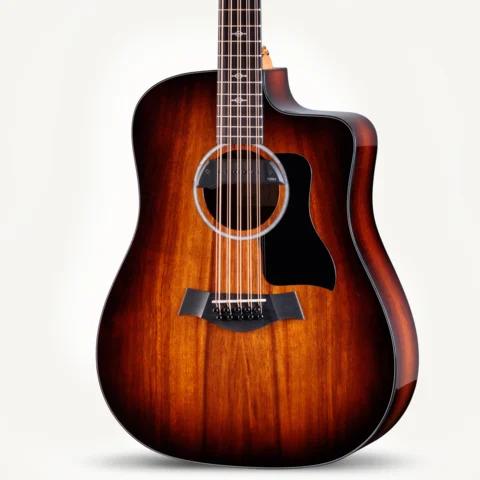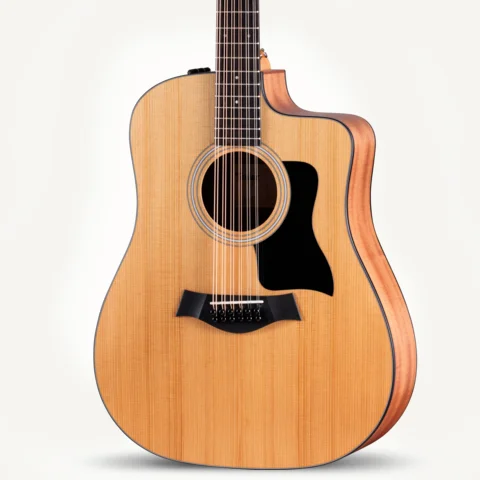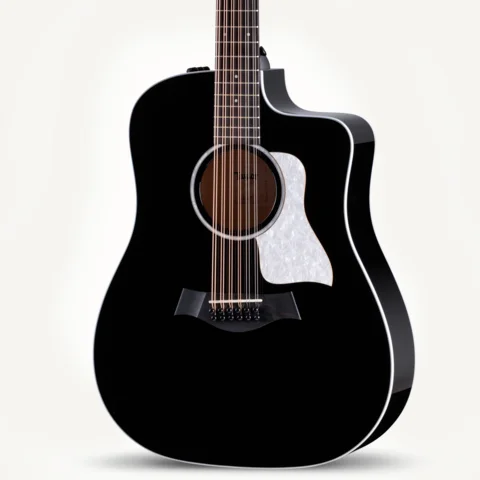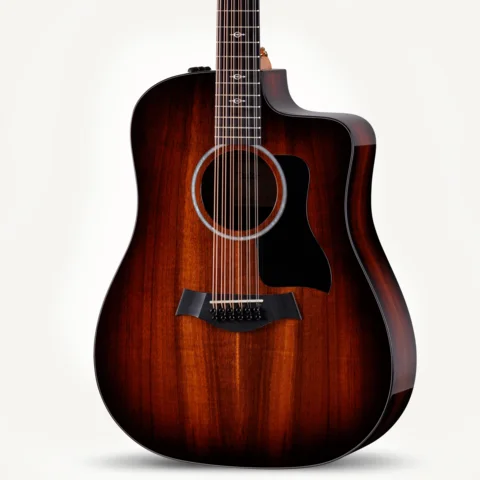Native Forest Restoration
Bob Taylor talks about the formation of Siglo Tonewoods in Hawaii and our vision of regenerating koa for the future through the restoration of native forests.
Hawaiian Koa’s Rich Heritage
Hawaiian koa (Acacia koa) has long been a revered natural resource within Hawaiian culture. Koa (which translates to “warrior” and “courage” in the Hawaiian language) grows exclusively in Hawaii and has been used for thousands of years for culturally important objects such as calabashes, canoes and paddles, and, more recently, for fine furniture, art and musical instruments. Koa enjoys special cachet among lovers of ukuleles and guitars, especially in Hawaii, where it can symbolize a strong sense of place. Koa’s seductive aesthetic beauty, with its rich colors, grain patterns and, in some cases, lustrous figure, together with its distinctive tone profile, have made it a favorite among Taylor’s portfolio of guitar tonewoods for several decades.
Threats to Hawaii’s Native Forests
Over the past two centuries, Hawaii’s native forests have gradually diminished due to a range of factors — primarily land conversion to agriculture for large-scale sugar and pineapple production; and pasture for cattle grazing; and the introduction of feral game animals such as sheep, deer and goats. (As an island ecosystem, Hawaii is especially vulnerable to invasive species.) At the time, these introductions answered a real need for food production and economic development, but came at the expense of the native forests.
Similar to other isolated island ecosystems such as the Galapagos or Madagascar, many Hawaiian forest are in a state of slow decline due to invasive weed species, feral animal predation and fire. Without fencing, naturally germinating young trees (especially koa, which is a tasty treat to sheep or cows) are often trampled or eaten by grazing animals.
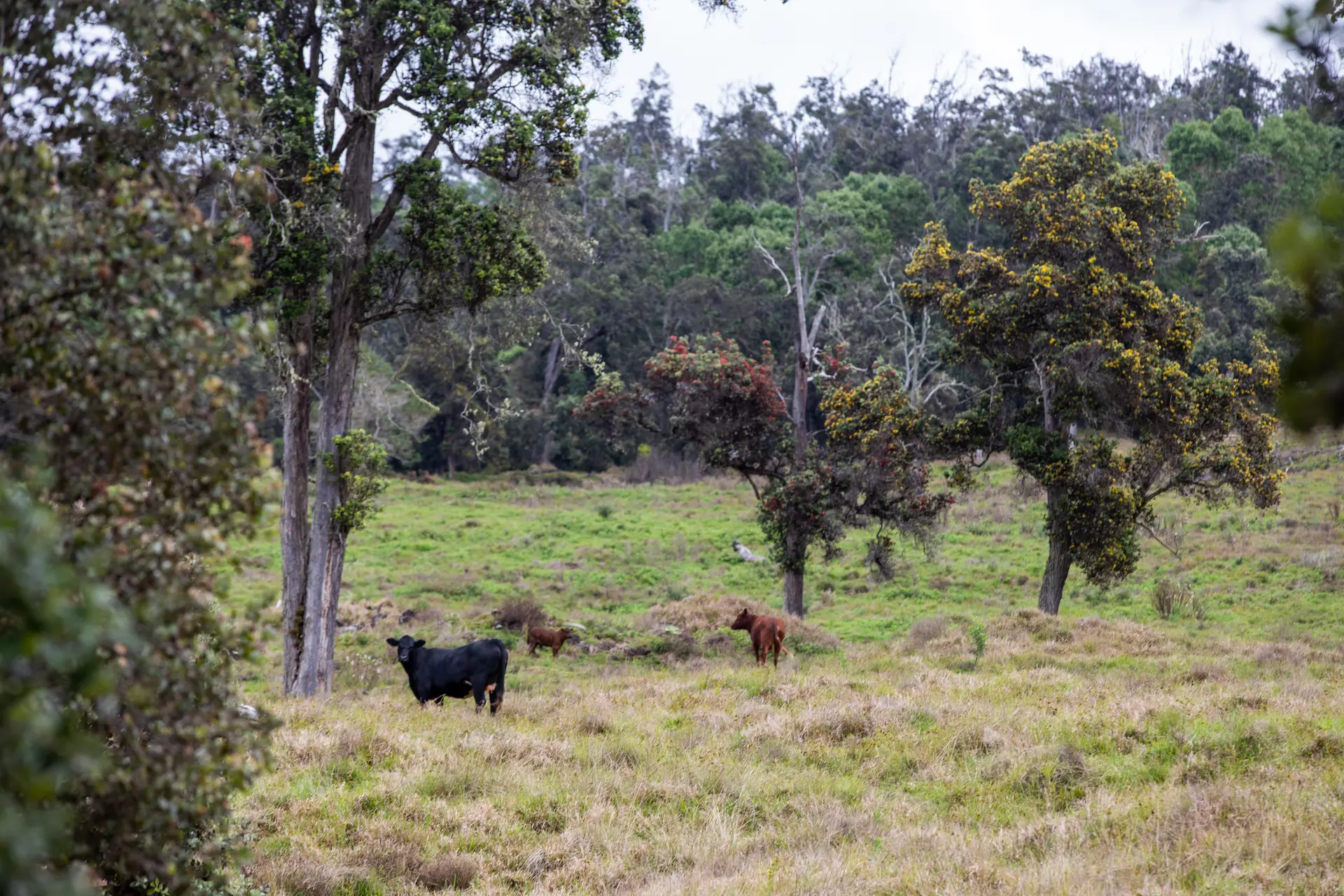
The good news is that significant forest management efforts like fencing, tree planting, weed management and fire breaks are increasingly being put in place to restore native Hawaiian forests. The destruction and decline of the Hawaiian native forest took over a century to occur, but the tide is turning, and today, we are beginning to witness the recovery of these forests. Naturally, it will take time.
A Joint Venture: Siglo Tonewoods
The desire to support these renewal efforts led Taylor and one of our trusted wood supply partners, Pacific Rim Tonewoods, to form a joint venture in 2015, called Siglo Tonewoods. Pacific Rim Tonewoods is a specialty tonewood supplier and sawmill that serves the musical instrument trade, and they supply our spruce, maple and cedar, along with cutting and drying the koa we source. Like Bob Taylor, PRT founder Steve McMinn is a forward thinker who recognizes the value of forest stewardship, and his team has been on the forefront of several research projects that aim to better understand the genetics and propagation of lines of koa, spruce and maple that are desirable to luthiers.
The mission of Siglo Tonewoods is to combine the selective harvesting of koa trees with collaborative forest restoration projects, including the planting of koa trees, aimed at ensuring their long-term vitality.
Project-Based Removal and Restoration
Siglo’s initial projects in Hawaii have borrowed from an arrangement first implemented by the U.S. Forest Service, exchanging the value of harvested wood for services provided. In other words, instead of paying a landowner directly for koa logs or harvesting rights, Siglo is allowed to cut a select number of designated koa trees, and in exchange, agrees to pay, usually up-front, for a host of forest regeneration projects on the land. These regeneration projects, whose value equals that of the wood harvested, include the installation of new fencing to keep feral sheep and cattle out; the planting and maintenance of koa seedlings; the removal of invasive plants; and the installation and maintenance of fire breaks. Under this arrangement, thus far, Siglo is well on its way to regenerating 1,400 acres of native Hawaiian forest.
In this video, Steve McMinn and other partners talk about the mission of Siglo Tonewoods and our koa forest restoration efforts in Hawaii.
The Siglo Kapoaula project
One particularly exciting forest restoration initiative was set in motion in 2018, when Bob Taylor purchased 565 acres of rolling pastureland on the north end of Hawaii Island and put it into a permanent trust. This open pastureland, known in Hawaii as Kapoaula, will continue to be managed by Siglo Tonewoods, which has been planting back the native Hawaiian forest that was once renowned as a source of koa and as an “impenetrable” native forest some 150 years ago.
The plan is for Siglo to plant a mixed-species native koa forest for future timber production when the forest is mature, beginning roughly 30 years after planting and continuing in perpetuity. The Siglo Kapoaula forest is projected to yield more than twice the volume of koa wood that Taylor Guitars uses today via selective cutting and replanting of koa trees. Surplus wood will be supplied to luthiers, artists and fine woodworkers.
Siglo Tonewoods has planted about 10,000 koa and over 1,500 associated native tree and shrub species such as ʻōhiʻa and aʻaliʻi on 25 acres of the property, and established just over 23 miles of windbreaks with an additional 12,000 trees. Over the next decade, the goal is to plant 150,000 trees on the property, of which 110,000 will be koa. By contrast, since 2015, we have harvested approximately 700 mature koa trees.
Improving Tree Health and Aesthetic Appeal
Another facet of Siglo’s work involves deep research into improving our understanding and management of native koa forests. Koa is prone to suffering from a vascular wilt disease, which prompted Siglo Tonewoods to initiate a disease-resistant orchard in collaboration with the Hawaii Agricultural Resource Center (HARC) and collect seeds from over 100 mother trees to test for disease tolerance.
Additionally, since figured wood, which is a highly desirable trait for musical instruments and other products, is heritable, Siglo Tonewoods is collaborating with Haleakala Ranch and Maui Native Nursery to propagate known figured material. Siglo Tonewoods is also determining the best fertilizer and planting methods for koa seedlings. Along the way, Siglo is sharing its knowledge and resulting methods with visitors and fellow professionals in Hawaiʻi in an effort to elevate the science and practice of native forest management.
Building a Mill
In 2021, Siglo Tonewoods began construction of a mill on the land Bob Taylor purchased on Hawaii Island. The goal is for it to be operational by 2025. The mill will cut koa and other instrument woods, increase local sawing capacity, reduce the weight and volume of wood that we ship, and provide local employment and learning experiences.

























